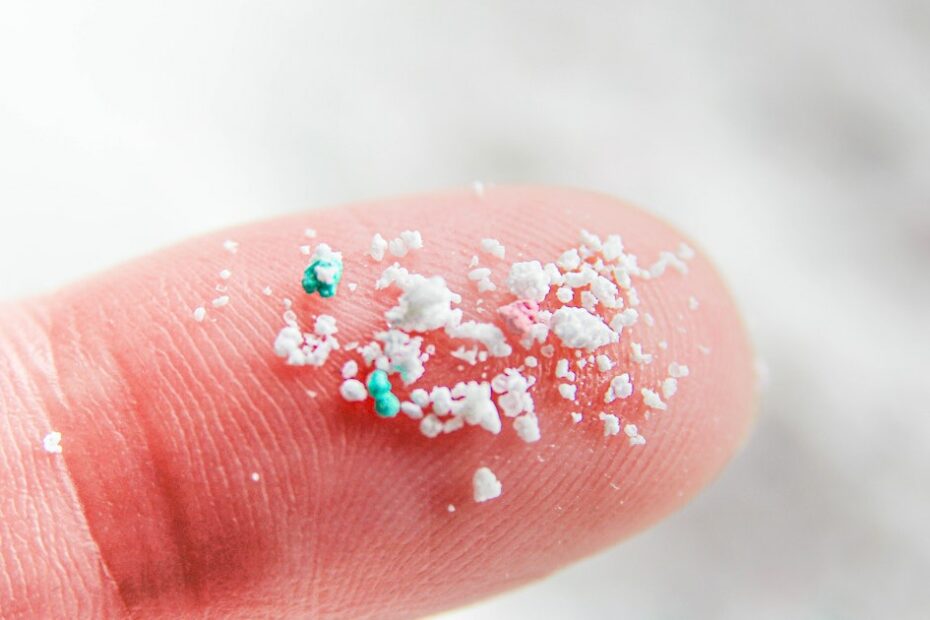Source article originally published on
Article Summary and/or Excerpt:
The world is becoming clogged with plastic. Particles of plastic so tiny they cannot be seen with the naked eye have been found almost everywhere, from the oceans’ depths to the mountaintops. They are in the soil, in plants, in animals, and inside us. The question is: what harm, if any, are they causing?
When plastic trash is dumped in a landfill or the sea, it breaks down very slowly. Sunlight and waves cause the surface of the plastic to become brittle, and particles are shed into the environment. Collectively known as “small plastic particles,” they range in size from five millimeters or smaller (microplastics) to less than one-thousandth of a millimeter (nano plastics). The smallest can only be detected with special scientific instruments.
It remains unclear how microplastics and nanoplastics get inside living things, but several entry points have been suggested. For example, they might pass through the gut from food or drink contaminated with small plastic particles. Or they may be breathed in, or absorbed through the skin.
Our research suggests that, for some animals, nanoplastics are bad news. We injected plastic nanoparticles into chicken embryos. We found that the particles traveled quickly in the blood to all tissues, especially the heart, liver, and kidneys. They were also excreted by the embryonic kidneys.
